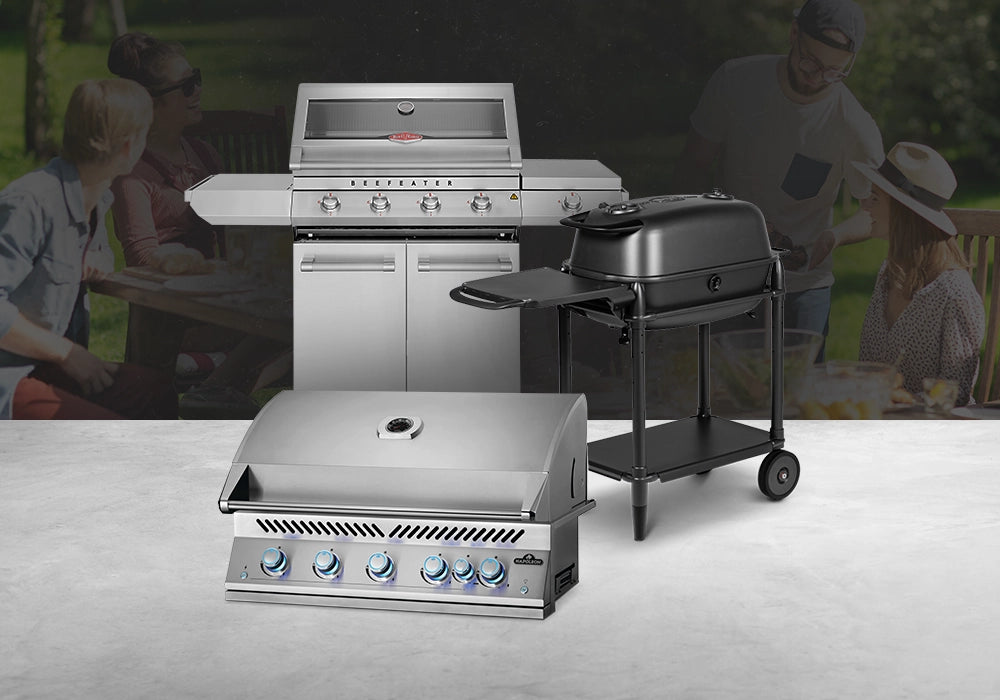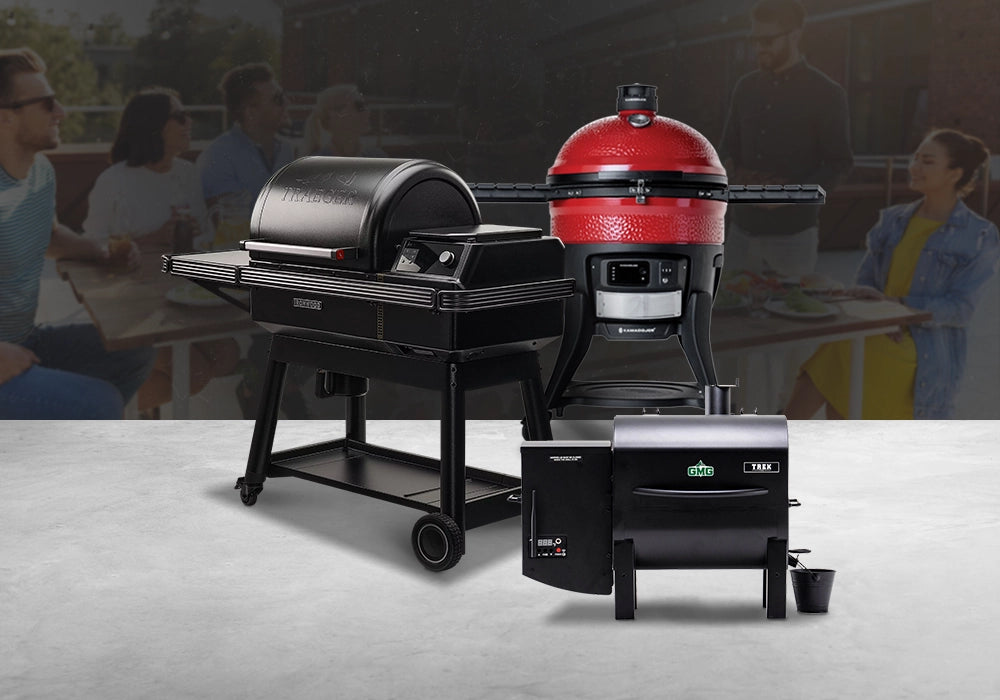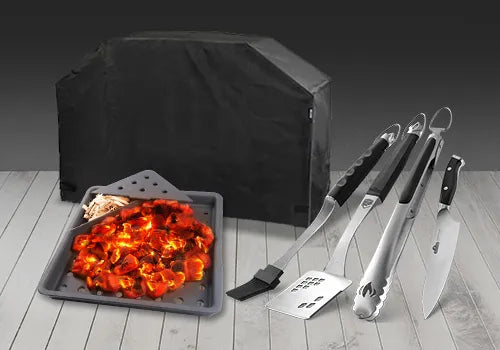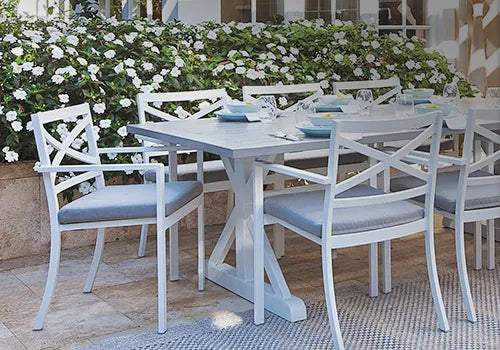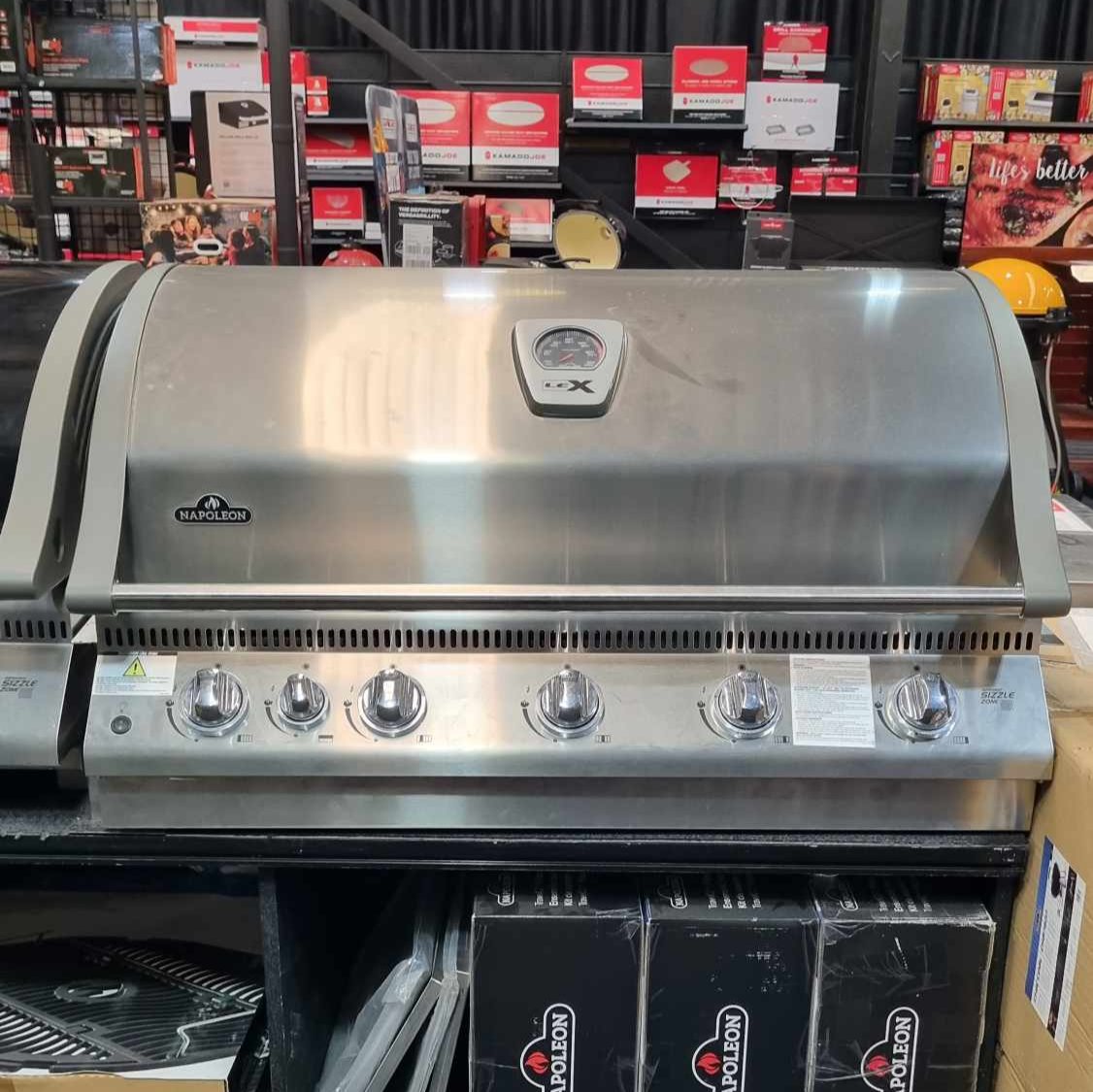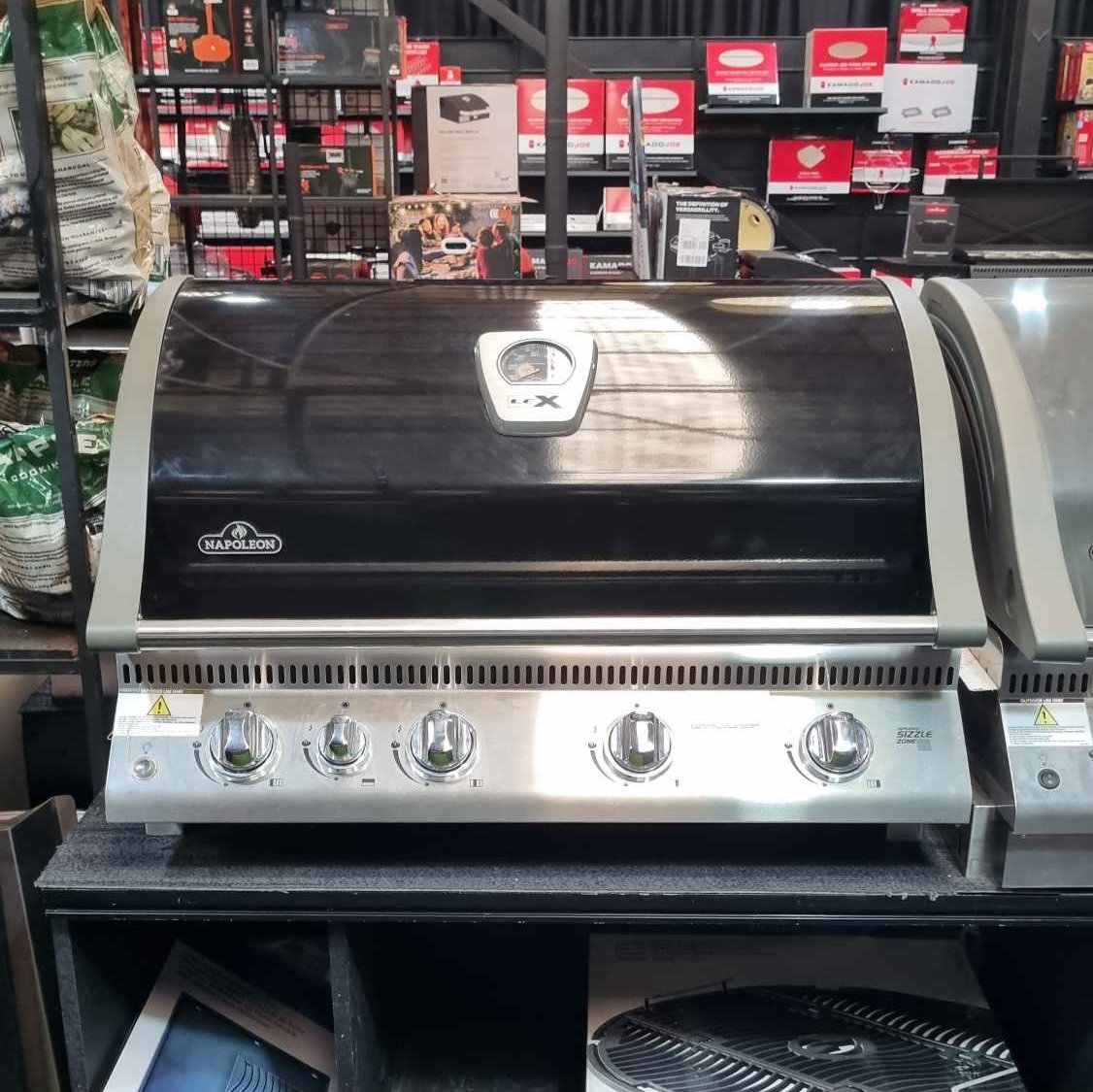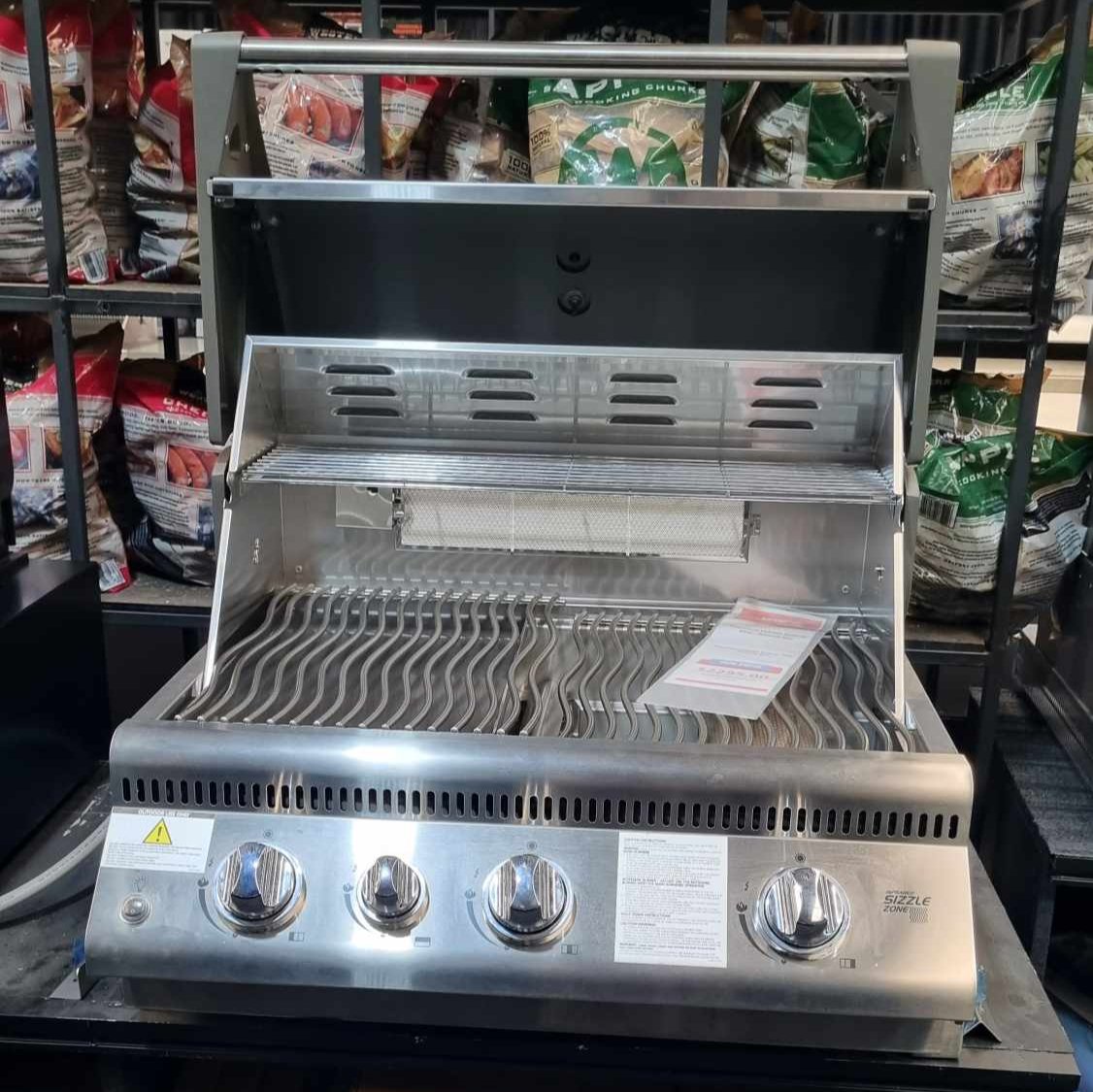Are you in the market searching for a wood-burning stove? Or do you already have one but are unaware of the ways in which you can use it? All your questions related to indoor wood heaters will be answered here.
To enjoy a cosy winter night in front of a blazing fire, a stove might be an excellent addition to your home. If you'd like to learn more about wood-burning stoves, we've put up a comprehensive guide that covers everything you need to know.
What's the point of buying a wood stove?
It's a great idea to have a wood-burning stove in your house, and it's not only because they're aesthetically pleasing. Using one not only makes a room seem cosier and warmer, but it also saves you money on your energy costs. Read on, and this write-up will cover everything about indoor wood heaters.
The cost of a wood-burning stove
The cost of wood-burning stoves depends on a wide variety of parameters, including the stove's size, fuel type and your home's requirements. Smaller, more basic versions cost between £500 and $1,000, with more sophisticated ones costing much more. It's a good idea to meet with the specialists to discuss your specific requirements, as they can help you choose which stove is best for you.
How to utilize a wood stove or fireplace
To get the most out of a wood-burning stove, there are a number of procedures you must undertake.
Prepare your stove by ensuring that the fire has already been supplied with air. There may be an indication on certain models that lets you know what the current temperature is.
Firelighters or paper or dry kindling wood should be placed on top of your fire bed. Don't make the mistake of assuming you can get by without kindling if you want to start a fire.
After igniting the kindling, wait for it to burn before you start the fire itself. Having a log guard is essential, as it will keep the burning fuel inside and away from the glass.
Leaving the door slightly open helps the flue draw and actually aids in the process of lighting the fire. Thus it's a good idea to leave the door slightly open. It also prevents the buildup of moisture on the glass's front. However, in certain situations, it is preferable to close the door since this lowers the quantity of airflow and hence speeds up the air that does get through, which may aid in starting the fire.
When the kindling is burning properly, you should begin to add bigger pieces of split wood to the mix. However, don't load the fire with full logs right once; you need to develop it slowly and watch out for smothering it.
Check Air Flow
The airflow needs to be adjusted on the majority of wood stoves. You should lessen the quantity of airflow after the fire is burning effectively. This will slow the rate of combustion of the wood. Slow the airflow only once the fire is well-burning. In order to ensure optimal wood burning, you may reduce the airflow in front of the flames as they heat up. The fire might be extinguished if the air is slowed too quickly, so keep an eye on it.
How to clean the glass of a wood burner
Concerns about the difficulty of cleaning and maintaining a wood-burning stove are common, maybe due to the fact that many people have become used to using older types that were not necessarily constructed with practicality in mind. Modern wood-burning stoves are often quite simple to clean, with self-cleaning glass that eliminates the need to scrape the burners to get rid of any debris.
Even without the use of this technology, they may be cleaned quickly and easily, ensuring that they remain in top condition for as long as possible. Using ash from the stove to wipe the glass is a brilliant idea.
To keep the metal from rusting, never use a moist or damp towel on the exterior. Also, you may use a vacuum cleaner with a gentle brush attachment to clean your floors. We hope now you know everything about these stoves. For more updates, keep on reading our information pieces like these.
